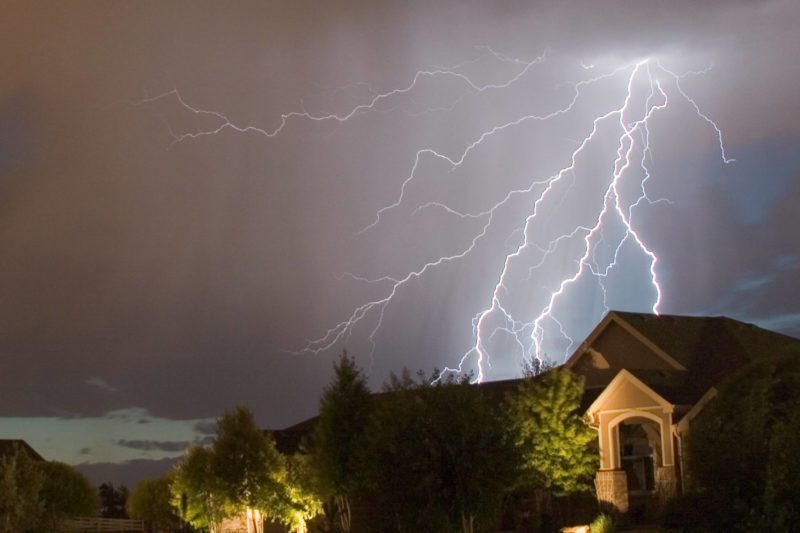Blog
Whole House Surge Protection: Is It Necessary?

A power surge is a quick, temporary rise in electrical voltage. This surge moves through a power system, going above normal voltage levels. This sudden rush of electricity can damage connected electronic devices. Preventing power surges is vital to the safety of your family and home. That’s why it’s worth considering a whole house surge protector.
Inexpensive plug-in surge suppressors offer some protection. However, individual suppressors function best as a second layer of security (secondary to the whole house surge protector).
We'll review the reasons homeowners experience power surges and what surges affect. This blog also covers the benefits of whole house surge protection and answers the question “How does a whole home surge protector work?”
What Causes Whole House Power Surges?
Power Line Surges
Power surges frequently occur when utility companies have problems with transformers or lines. Other causes of power line issues (and power surges) include:
- High winds
- Ice storms
- Animals
- Fallen trees
- Car pole crashes
Lightning Strikes
Cloud-to-ground lightning strikes frequently cause power surges. Lightning need not directly strike your house to inflict damage. Lightning is the most frequent cause of damage to central air conditioners.
Old or Faulty Wiring
Homes with outdated or poor wiring are more likely to experience power surges and appliance damage.
Normal Operation of Appliances and Household Equipment
High-power appliances that cycle on and off are among the leading causes of power surges. Examples include HVAC systems, washing machines, refrigerators and pumps.
Do Whole House Surge Protectors Work?
Yes! A whole-house suppressor instantly blocks the surge from entering home circuits to provide comprehensive surge protection. Many expensive electrical devices, including major appliances like …
- Stoves
- Washers and dishwashers
- Garage door openers
- HVAC equipment
- Security systems
- Sprinkler systems
- Exterior lighting
…
are hard-wired directly into your home’s electrical circuits. Individual plug-in surge protectors can’t protect hard-wired electronics.
Is Whole House Surge Protection Worth It?
Does your home contain delicate electronics and sophisticated appliances? If so, the answer to this question is yes. Those electronics are vulnerable to electrical surges. Because of the risk of electrocution and the need for different surge protection devices for communication lines, it’s best to hire a professional to install a surge protector for your home.
Call Apollo Home for Whole House Surge Protector Installation
At Apollo Home, we’re eager to share our expertise in electrical, plumbing, and HVAC services. We’ve learned a lot in our more than 100 years and gladly use it to help you. We’re happy to provide a free estimate for whole house surge protector installation, home rewiring, electric panel installation, or other electrical jobs.


